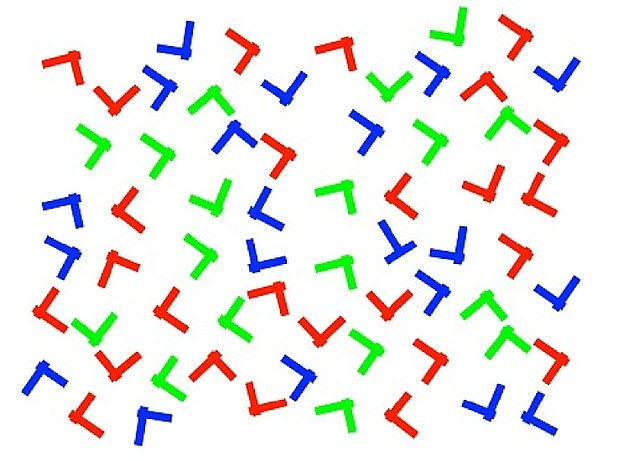Brain test by John’s Hopkins University challenges YOU to spot the ‘T’ within 10 seconds
Researchers at Johns Hopkins have devised a way to test your concentration that takes less than 10 seconds.
It’s not about how quickly you can add sums in your head or recite history from memory.
Instead, you’ll be asked to use skills you developed during Where’s Wally.

Professor Egeth referred to the ability to understand what to ignore, which is a bit like the ‘dark side of attention’. Mr Cunningham said their findings could be useful for people working in sectors that require rapid visual identification, such as security
Participants have to look at a screen that displays many different symbols in three different colors.
Next, they have to find a letter, in this example the letter ‘T’.
They are not given any instructions for this, or they are told that the letter they are looking for is not a certain color. In this example, they are told, “The T is NOT red.”
The Johns Hopkins researchers found that people who were able to pay attention to these prompts were able to find the T faster than those who had no prompting, after a few rounds of practice. The more information they were able to ignore, the faster they found the T.
These findings, which were published in the Psychological Science magazine, give us a better understanding of how our brains can process and use multiple pieces of information simultaneously.
It also shows that the ability to ignore certain ideas is an important part of paying attention.
Professor Howard Egeth, who studies psychology and brain sciences at Johns Hopkins University, says he calls this the “dark side of attention.”

People were asked to ignore symbols of certain colors or were given no direction at all when searching for the T
This contradicts previous research that suggested that people looking for a particular item always respond more slowly when asked to ignore things.
This is crucial information for people who rely on their visual search skills in real life, Corbin A Cunninghamsaid the study’s lead author, who was then a doctoral student at Johns Hopkins University.
“Individuals who explicitly ignore distracting information improve their visual search performance, a critical skill for professional searchers, such as radiologists and airport baggage handlers,” he said. “This work has the potential to benefit professions that rely on visual search by informing future training programs.”
